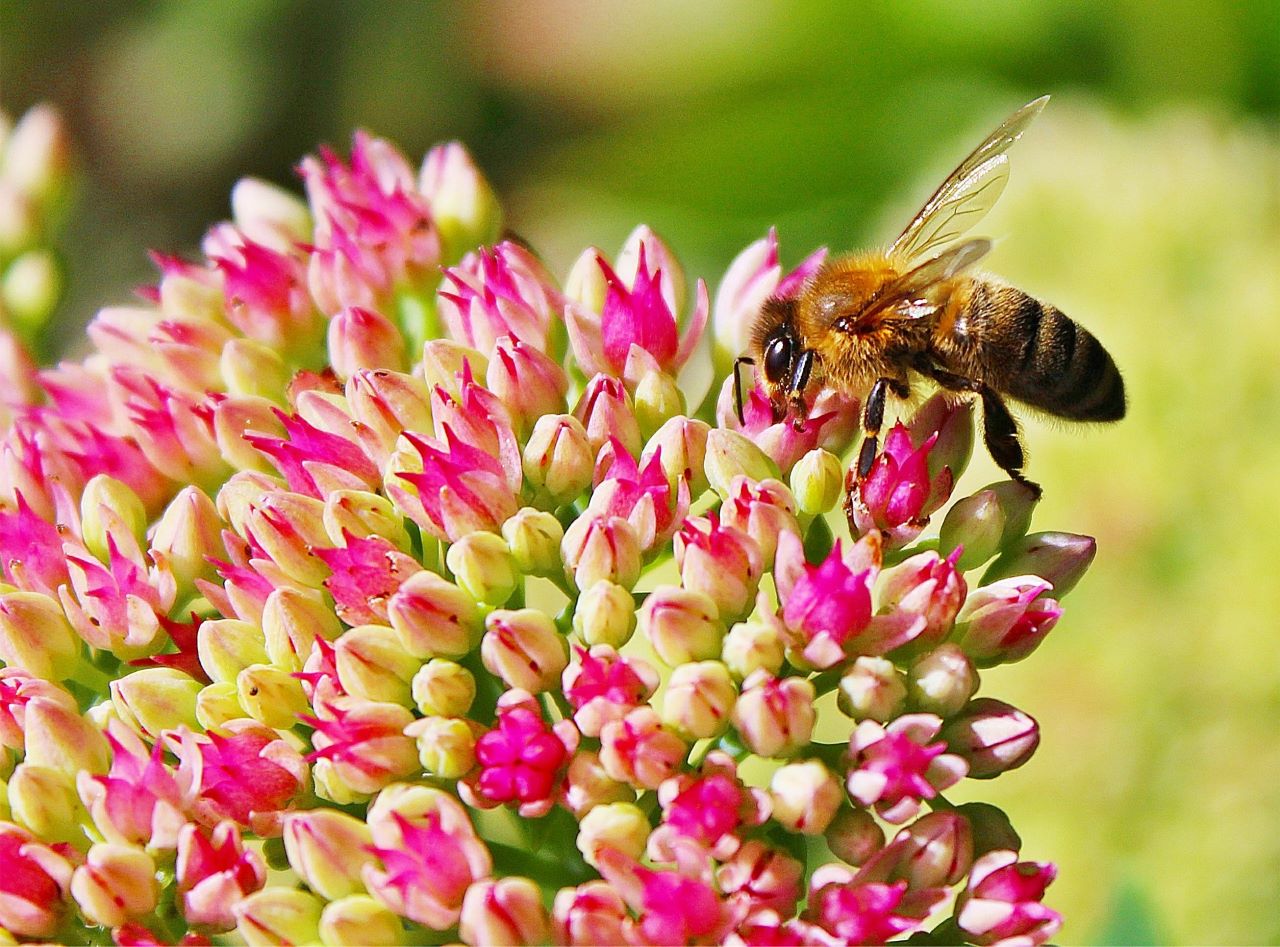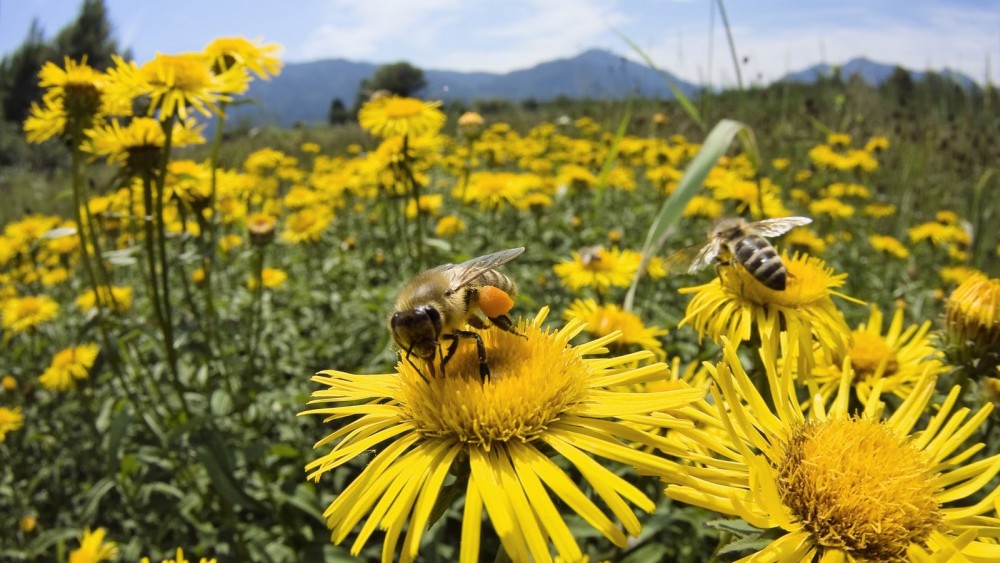Attract Bees & Butterflies: Top Plants for Your Garden

Imagine stepping into your garden and being greeted by a symphony of buzzing bees and fluttering butterflies. This isn't just a dream; it's a reality you can create with the right selection of plants. By choosing plants that attract bees and butterflies, you're not only enhancing the beauty of your garden but also contributing to the health of our ecosystem. Let's dive into the world of pollinator plants and discover how you can transform your outdoor space into a thriving wildlife garden.
The Importance of Pollinator Plants
Pollinator plants are the backbone of a bee garden or butterfly-friendly sanctuary. These nectar-rich flowers provide essential food for bees and butterflies, helping them thrive and reproduce. By incorporating these plants into your garden, you're supporting the delicate balance of nature and ensuring that our pollinators have a safe haven.
Why Attract Bees and Butterflies?
Bees and butterflies are more than just pretty additions to your garden; they play a crucial role in pollination. Without them, many of our favorite fruits, vegetables, and flowers wouldn't exist. By creating a bee garden or butterfly-friendly space, you're directly contributing to the sustainability of our food supply and the beauty of our natural world.
Top Plants That Attract Bees and Butterflies
Ready to turn your garden into a pollinator paradise? Here are some of the best plants that attract bees and butterflies, ensuring your garden is always buzzing with life.
1. Lavender
Lavender is a classic choice for any garden, but it's especially beloved by bees. Its fragrant, purple flowers are a magnet for pollinators, and it adds a touch of elegance to any landscape. Lavender is also drought-tolerant, making it a great choice for water-conscious gardeners.
2. Butterfly Weed
As the name suggests, butterfly weed is a favorite among butterflies. This nectar-rich plant produces vibrant orange flowers that are irresistible to pollinators. It's also a hardy perennial, meaning it will come back year after year, providing a reliable food source for your winged visitors.
3. Coneflower
Coneflowers, also known as Echinacea, are a staple in any pollinator garden. Their bright, daisy-like flowers attract a variety of bees and butterflies. Plus, they're incredibly easy to grow and maintain, making them a great choice for beginners.
4. Black-Eyed Susan
Black-Eyed Susans are a cheerful addition to any garden. Their yellow petals and dark centers are a beacon for bees and butterflies. These flowers are also known for their long blooming season, providing nectar for pollinators from early summer to fall.
5. Bee Balm
Bee balm, or Monarda, is a must-have for any bee garden. Its vibrant, tubular flowers are a favorite among bees, hummingbirds, and butterflies. Bee balm is also known for its aromatic leaves, which can be used to make a refreshing tea.
6. Aster
Asters are a late-season bloomer, providing much-needed nectar for pollinators in the fall. Their star-shaped flowers come in a variety of colors, adding a burst of beauty to your garden as the seasons change.
7. Goldenrod
Goldenrod is often unfairly blamed for allergies, but it's actually a fantastic plant for attracting bees and butterflies. Its bright yellow flowers are a late-season food source for pollinators, and it's a great addition to any wildlife garden.
8. Milkweed
Milkweed is the host plant for the monarch butterfly, making it an essential addition to any butterfly-friendly garden. Its fragrant flowers attract a variety of pollinators, and it provides a crucial habitat for monarch caterpillars.
9. Salvia
Salvia, or sage, is a versatile plant that comes in a variety of colors and sizes. Its tubular flowers are a favorite among bees and hummingbirds, and it's a great addition to any pollinator garden.
10. Zinnia
Zinnias are a colorful and easy-to-grow annual that attracts a variety of pollinators. Their bright, daisy-like flowers come in a range of colors, adding a pop of vibrancy to your garden while providing a rich source of nectar.

Creating a Pollinator-Friendly Garden
Now that you know some of the best plants that attract bees and butterflies, let's talk about how to create a pollinator-friendly garden. Here are some tips to get you started:
1. Diversify Your Plantings
Just like us, pollinators have different tastes. By planting a variety of flowers, you'll attract a wider range of bees and butterflies. Aim for a mix of colors, shapes, and sizes to create a diverse and inviting habitat.
2. Plant in Clusters
Pollinators are more likely to visit gardens with large clusters of the same type of flower. Planting in groups of three or more will make your garden more appealing to bees and butterflies.
3. Choose Native Plants
Native plants are adapted to your local climate and soil conditions, making them easier to grow and maintain. They also provide the best food and habitat for local pollinators.
4. Provide a Water Source
Bees and butterflies need water just like we do. Adding a shallow dish or birdbath with some pebbles for landing can provide a much-needed water source for your pollinators.
5. Avoid Pesticides
Pesticides can be harmful to bees and butterflies. Opt for organic or natural pest control methods to keep your pollinator garden safe and healthy.
Additional Resources
Want to learn more about creating a pollinator-friendly garden? Check out these helpful resources:
- The Xerces Society: A non-profit organization dedicated to the conservation of invertebrates, including pollinators.
- National Wildlife Federation: Offers tips and resources for creating a wildlife-friendly garden.
- Pollinator Partnership: Provides information and resources for supporting pollinators in your garden.

Conclusion
Creating a garden that attracts bees and butterflies is not only a rewarding experience but also a vital contribution to our ecosystem. By choosing the right plants that attract bees and butterflies, you're providing a haven for these essential pollinators and enhancing the beauty of your outdoor space. So, why not take the first step today and transform your garden into a buzzing, fluttering paradise? Your local bees and butterflies will thank you!
FAQs
What are the best times of year to plant for attracting pollinators? The best times to plant for attracting pollinators are early spring and fall. Planting in early spring ensures that your garden is ready to support pollinators as they emerge from hibernation. Fall planting allows perennials to establish strong root systems before winter, ensuring they are ready to bloom the following spring.
How can I attract more butterflies to my garden? To attract more butterflies, focus on planting a variety of nectar-rich flowers that bloom at different times throughout the growing season. Include host plants like milkweed for specific butterfly species, and provide a water source and sheltered areas for resting.
Are there any plants that repel bees and butterflies? While most flowering plants are attractive to bees and butterflies, some plants are less appealing. For example, heavily hybridized flowers with double or triple petals often have less nectar and pollen, making them less attractive to pollinators. Additionally, plants with strong scents like marigolds can sometimes repel certain insects.
How can I make my garden more bee-friendly? To make your garden more bee-friendly, plant a diverse range of native flowers that bloom from early spring to late fall. Provide nesting sites by leaving some areas of your garden undisturbed or by adding bee houses. Avoid using pesticides and provide a shallow water source with landing areas.
What are some common mistakes to avoid when creating a pollinator garden? Common mistakes include planting too few of each type of flower, which can make it harder for pollinators to find them. Using pesticides can harm beneficial insects, and planting non-native or invasive species can disrupt the local ecosystem. Ensure you have a variety of bloom times to provide a continuous food source throughout the growing season.
0 Response to "Attract Bees & Butterflies: Top Plants for Your Garden"
Post a Comment